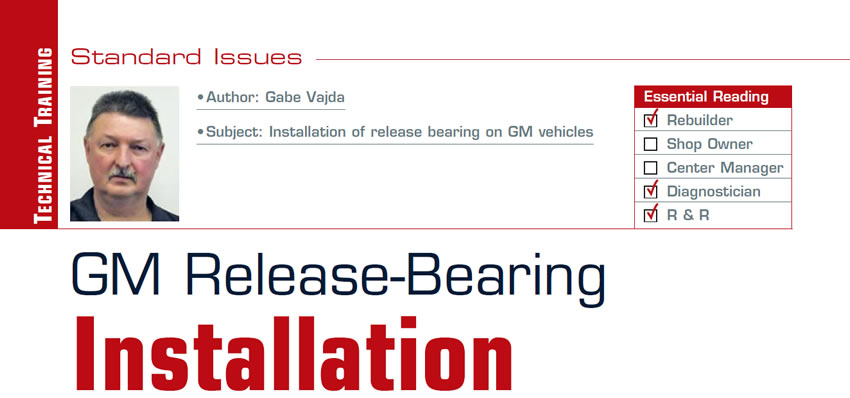
Standard Issues
- Subject: Installation of release bearing on GM vehicles
- Essential Reading: Rebuilder, R & R
- Author: Gabe Vajda
The design of the release fork on many GM applications can contribute to a common installation error.
The GM release fork has two spring-steel fingers attached to its back side. These fingers have a radius on the tips at the end of the fingers. When the fork is installed onto the release bearing correctly (Figure 1) the radius or rounded tips of the fingers allow the release bearing to “rock” or pivot.
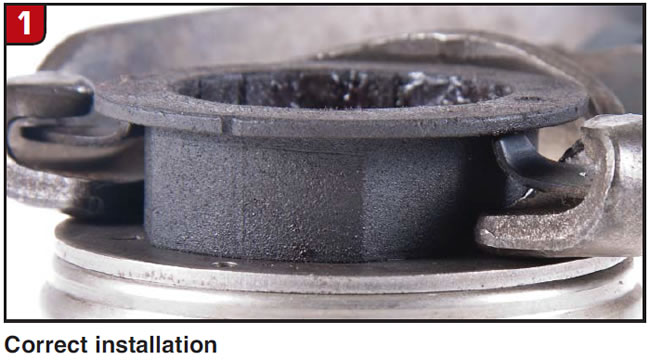
When the release fork is installed incorrectly onto the release bearing (Figure 2), it will not allow it to pivot and will cause the release bearing to bind on the release fork. This binding will damage the back flange of the release bearing (Figure 3).
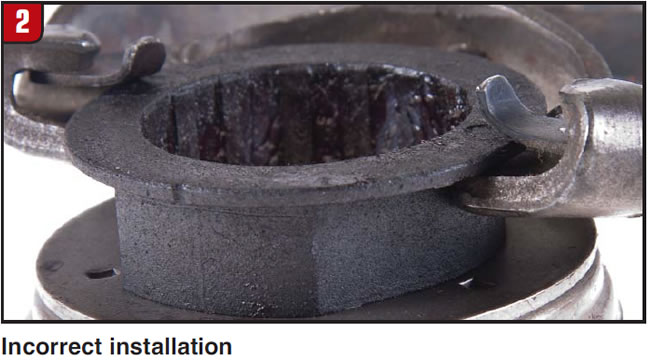
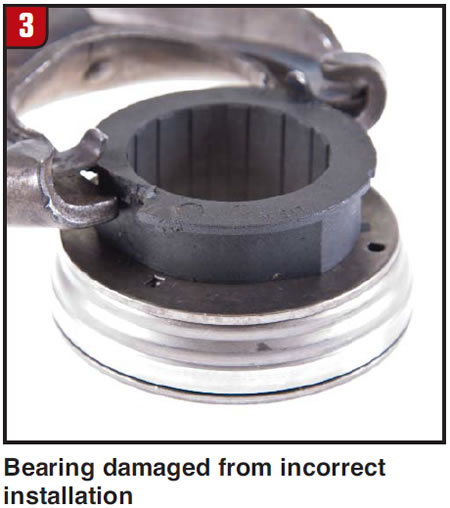
Other symptoms of improper installation can include a binding or hard pedal at mid-stroke of the clutch pedal, as the release bearing will bind or dig into the release-bearing retainer on the transmission. Hard shifting or no release also can occur because the release bearing will not contact the clutch-diaphragm fingers evenly. This can cause uneven wear on the release bearing and clutch-diaphragm fingers (Figure 4).
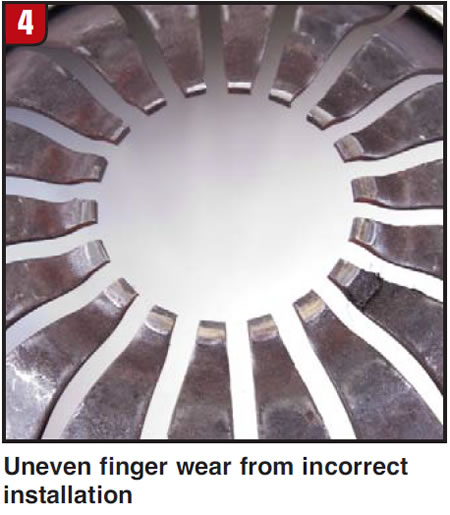
In extreme instances the hydraulic release-system components can be damaged (Figure 5).
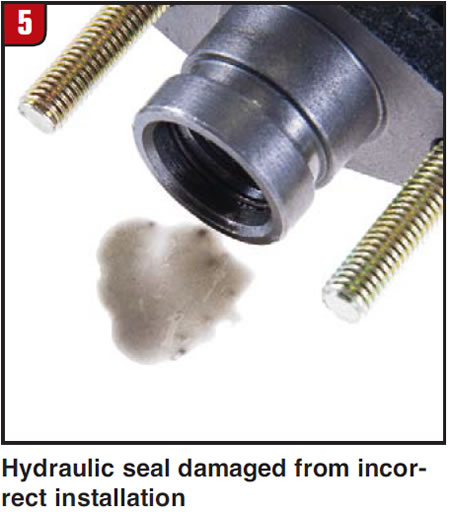

Gabe Vajda, ASE certified technician, is a technical-support engineer for the LuK, FAG and INA product lines of Schaeffler Group USA Inc.













